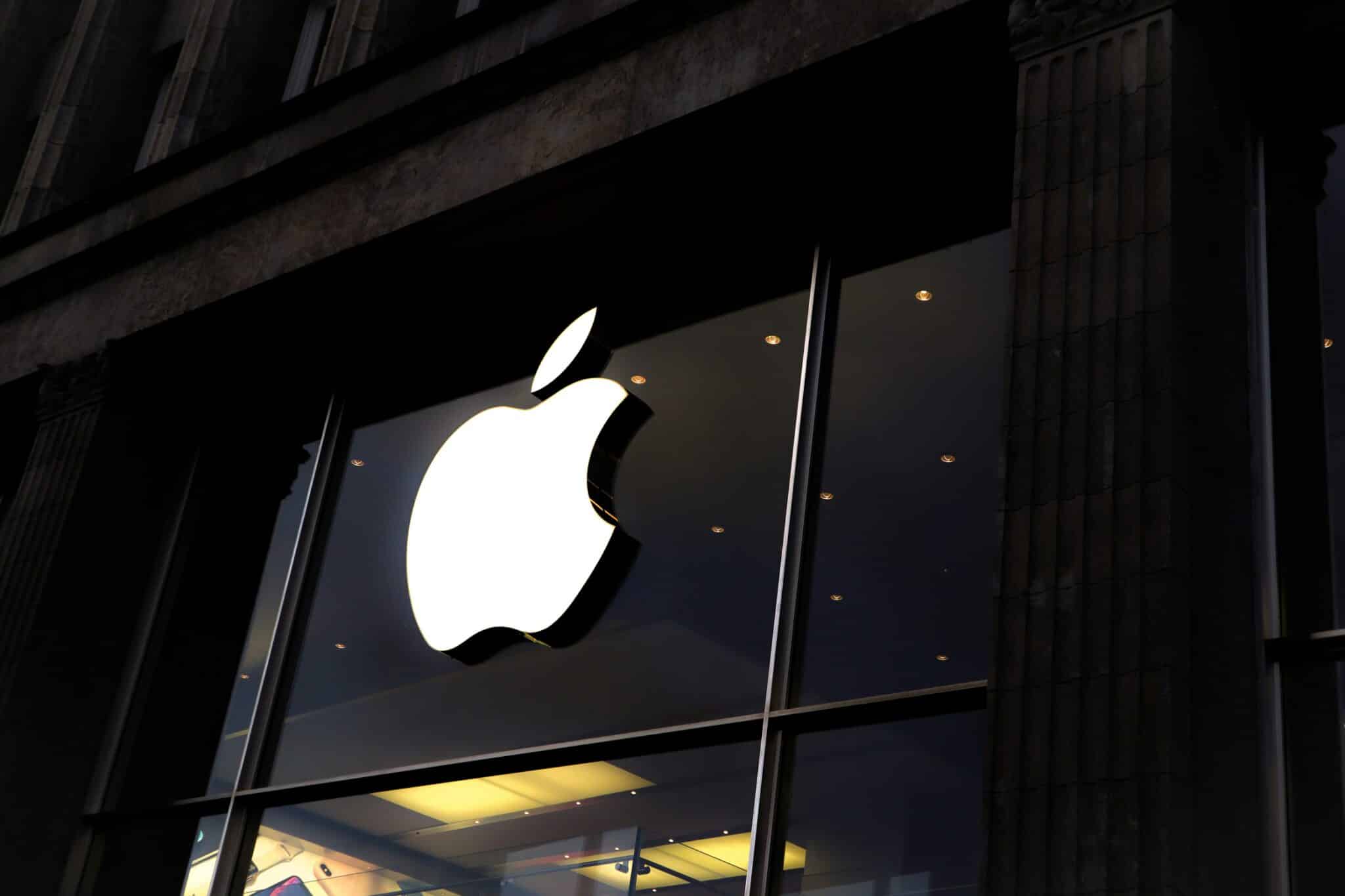I’m in Forbes today with a comment on the news that OpenAI has acquired the company run by Jony Ive, a famed product designer from Apple.
Here’s the link:
AI Experts React To Merger Of OpenAI And Jony Ive To Create AI Devices
The basics: OpenAI wants to start creating physical consumer hardware to operate its AI tools, putting it in direct competition with Apple, Samsung and many other hardware companies.
By acqui-hiring (acquiring + hiring) Ive, they are not only bringing on a person whom Steve Jobs called his “spiritual partner” in product creation, but also directly taking a swing at Apple, which has notoriously struggled to release quality AI software on its already-ubiquitous hardware.
In the Forbes article, I discussed the risks to consumers of a new hardware rivalry between OpenAI and Apple. In today’s post I’ll go deeper on what it means to build AI-first hardware.

Here’s what I told Forbes:
Rob Howard, AI consultant and educator at Innovating with AI for more than a decade, is a bit skeptical that casual AI users will gravitate toward an AI-specific device — especially given the fact that most AI software is readily available via a mobile device app.
“The idea that consumers are open to purchasing another very expensive piece of hardware to complement their iPhone or their Android phone is a pretty big gamble for OpenAI. It is notoriously difficult to get consumers to adopt new hardware for everyday use. The Apple Watch was one example of success but there have been many examples of failures,” he noted.
“I think intense competition between Apple and OpenAI is very likely to occur and possibly lead to more lockdown and ecosystems that are less open and less interoperable,” he added. “For the typical consumer that means they might not be able to use OpenAI on an Apple device at some point in the future.”
Let’s dive into some more detail.
A lot of this is Silicon Valley propaganda
To me, the most striking thing about the “Sam and Jony” release video from OpenAI is how overly dramatic it is. (Jony is pronounced the same way as “Johnny.”)
Honestly, it strikes me as a way of saying, “Jony is breaking up with Apple and getting together with OpenAI” in the most heavy-handed way possible. The cinematography, the writing… it all strikes me as basically targeted at investors and Silicon Valley insiders, essentially a way to parade the new partnership in the most emotional way possible.
In practice… I find it hard to believe that OpenAI devices will engender the same level of emotional response that Apple devices do. I think Steve Jobs was a once-in-a-very-long-time inventor and societal figure, and it would surprise me if Altman and Ive can replicate his profile and charisma – or the quality Apple’s product suite.
Apple is also the world’s best software company
In the AI-first world, I think we can divide computing experiences into three categories:
- Hardware (e.g. iPhone or Macbook)
- Software (e.g. iOS or Safari)
- AI Models (e.g. GPT-4o or Claude Sonnet 4)
Right now, Apple is the clear leader in the Hardware and Software categories, which dominate all pre-AI computing.
OpenAI is the leader in AI Models, but they have no moat. They could lose their lead to any number of competitors – Google, Meta, Anthropic, Amazon, xAI, DeepSeek, even Apple! – tomorrow with a new model breakthrough.
This is part of the reason why I think the OpenAI vs. Apple framing of the “merger” of io (Ive’s company) and OpenAI is mostly showmanship.
Apple has a huuuuuuge moat around its software and hardware businesses. Despite their struggles in the third and newer AI Models column, they could still realistically have a breakthrough (or simply partner with someone who makes a breakthrough) to bring their AI models up to speed.
OpenAI as zero moat around its AI models. For power users, the switching cost to Claude or Gemini is very low – in fact, many of our students actively use 3 or 4 models just to keep an eye on the latest advancements.
OpenAI also has major software problems, specifically that it is very difficult to understand the distinction between their models (o3, 4o, 4.1, etc.) and that it is unclear to everyday users what their tools can even do. Some users stumble across really cool, off-the-beaten path use cases like fashion recommendations, others end up just cheating on their homework (i.e. not learning) or anthropomorphizing the AI as a “life advisor,” which I think requires putting way too much trust in the tech as it stands today.
There are also huge issues around people misunderstanding the knowledge cut-off dates and quality differences between models – for example, trying to get AI to tell you what books are coming out this summer, accepting hallucinations without double-checking, and embarrassing yourself.
Contrast this to the ease of use and “obvious-ness” of Apple software. Using MacOS and iOS often feels like an extension of your body and mind, because the software is so well designed.
In short, even if OpenAI can build great hardware, it still has to:
- Get that hardware widely adopted (who wants another $1,000 device in their pocket?)
- Write software that makes the hardware work in a slick and natural way – something OpenAI hasn’t really been able to accomplish so far
Side note: Did you even know that iPhones cost $1,000?! I never think of it that way because I pay for the phone monthly via my AT&T bill… so there’s another hurdle that OpenAI’s hardware needs to clear.
The merger will probably produce some cool devices. The idea that OpenAI can genuinely compete with Apple on hardware and software, though, strikes me as a stretch.
Many AI handhelds and wearables have already failed
With the caveat that the next version could be a breakthrough, I think it is safe to say that we’ve seen some major duds in the AI wearable / handheld device world so far:
- The Ai Pin from Humane (reviewed as “the worst product ever“)
- The Meta Ray-Ban AI-powered glasses – I bought these just to play with them, and they are extremely “meh”
- The Rabbit R1 (not to be confused with DeepSeek R1) – a bright orange handheld that got big hype and awful reviews
There are hardware and software challenges with all of the above. However, I think the biggest challenge is simply getting consumers to add another thing to their pocket or wrist.
Really the only successful wearables are the Fitbit and Apple Watch (which is basically a luxury Fitbit). Fitbit carved out a whole new market (fancy pedometer) with a viral “count your steps” marketing trend. The Apple Watch brought a lot of normal consumers into the luxury watch realm for the first time.
Still, the Apple Watch generates a tiny fraction of the revenue and enthusiasm that the iPhone does – and Apple doesn’t even publish Watch revenue specifically, it lumps it in with Airpods and home devices.
In other words, the single smartphone is still king, and there’s really no sign the average person wants more stuff in their pockets.
Ultimately, every handheld device is constrained by internet speeds
Ironically, the thing that most constrains AI-first devices is not hardware, software or AI model quality – it’s cellular data internet speeds.
And naturally, this is not at all in the control of the companies creating the devices – instead it is reliant on an elaborate network of government regulation and capital investment by companies like AT&T and Verizon.
The thing that really hurt the Ai Pin was its slowness. You just can’t really get snappy AI responses on the fly with current mobile internet speeds, especially when processing lots of voice/image data, which results in much larger file sizes than text.
Eventually, a mixture of faster cellular data speeds and better on-device processing will help with this, but ultimately, there is still a constraint: “the faster my wifi, the better my device works.” If Sam and Jony use their device in the coffee shop where they staged their dramatic video, and they don’t have good signal… even the best AI is going to feel sluggish and dull.
Even during the fourth industrial revolution, sometimes you get better results if you just plug it in to the wall.


